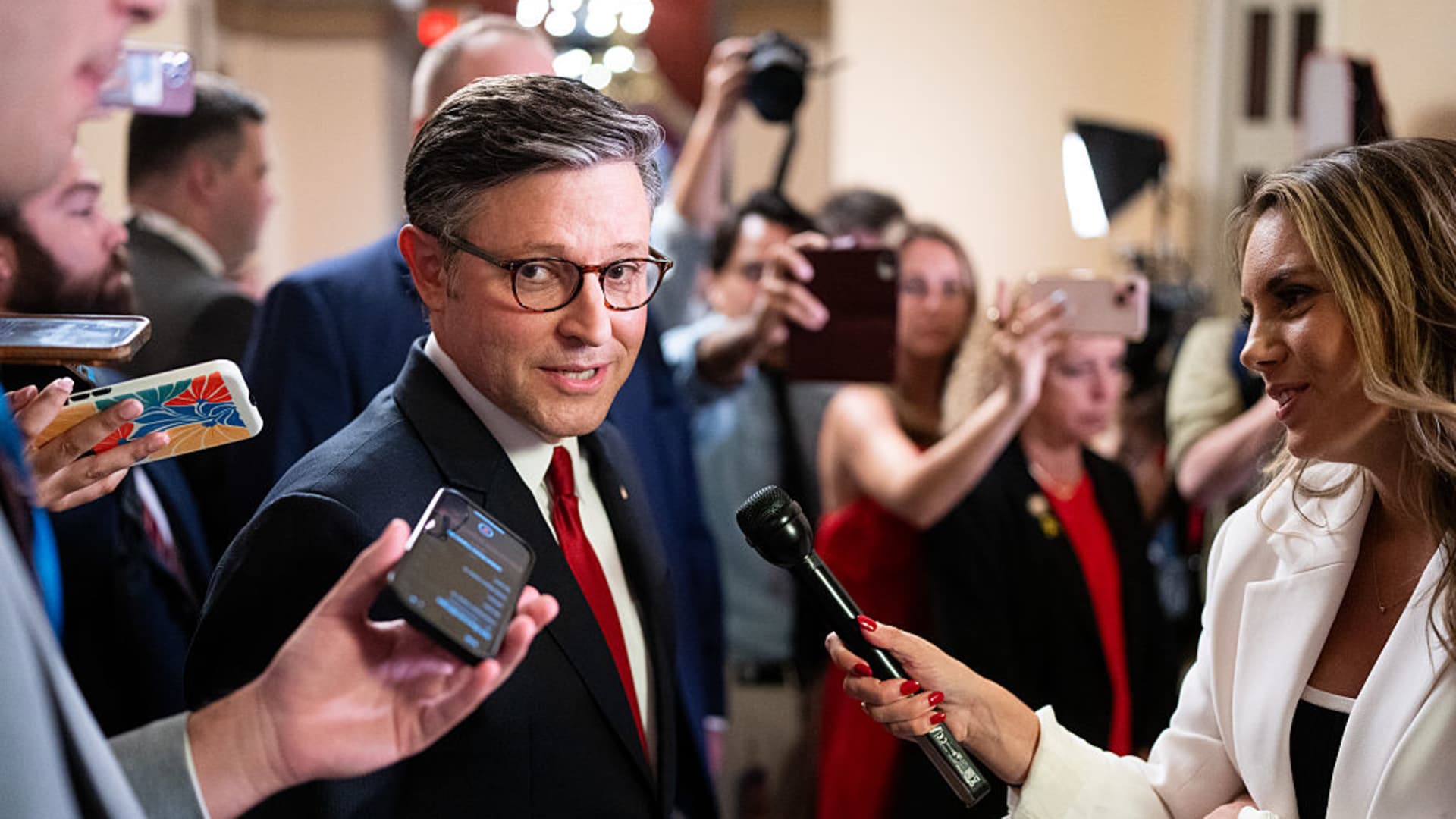The passage of Donald Trump’s “One Big Beautiful Bill” by the Senate marks a significant legislative milestone with far-reaching implications for the American economy and society. This comprehensive legislation, which includes tax reforms, spending adjustments, and policy shifts, aims to deliver on Trump’s vision of economic growth and national prosperity. However, the bill’s complex layers reveal potential winners and losers, raising critical questions about its true impact on different segments of society.
At the heart of the bill are sweeping tax cuts designed to stimulate economic activity. These cuts, primarily an extension of the 2017 Tax Cuts and Jobs Act, include reduced individual income tax rates, adjustments to deductions, and modifications to the estate tax. A key feature is the focus on making the tax cuts permanent. Proponents argue that these tax cuts will incentivize investment, job creation, and overall economic expansion. However, critics raise concerns about their disproportionate benefits for the wealthy. Initial analyses indicate that a significant portion of the tax relief would accrue to high-income individuals and corporations, potentially exacerbating existing income inequalities. For instance, it is estimated that the top 1% of U.S. households could see an average tax cut of around $66,000 in 2026, representing about 2.4% of their income. Conversely, the poorest 20% of Americans are projected to receive only 1% of the bill’s tax cuts.
Specific provisions within the tax section include tax breaks for tips and overtime, aimed at benefiting working-class Americans, and an increased standard deduction designed to simplify tax filing and reduce the tax burden for middle-income families. However, modifications to deductions for state and local taxes (SALT) and mortgage interest could disproportionately affect taxpayers in high-tax states. Additionally, the continuation of reduced corporate tax rates is intended to encourage businesses to invest in the U.S. and create jobs.
In addition to tax cuts, the bill includes substantial adjustments to federal spending, reflecting a shift in priorities. Increased funding is allocated to defense and border security, while cuts are made to social programs and other areas. Notable spending adjustments include a significant boost in defense spending aimed at strengthening the military and modernizing infrastructure, and reductions in funding for programs such as healthcare, food stamps, and housing assistance. These cuts raise concerns about the impact on vulnerable populations. Allocations for infrastructure projects, including roads, bridges, and airports, are intended to improve transportation and stimulate economic growth. Adjustments to healthcare programs, including potential changes to the Affordable Care Act (ACA) and Medicaid, could affect access to healthcare for millions of Americans.
Beyond tax and spending adjustments, the bill encompasses a range of policy changes that could have far-reaching consequences. These changes include immigration reforms, adjustments to energy and environmental regulations, modifications to financial regulations, and changes to education policies. Immigration reforms may include provisions related to immigration enforcement, border security, and deportation policies, potentially impacting undocumented immigrants and their families. Adjustments to regulations related to energy production, environmental protection, and climate change could affect industries and the environment. Modifications to regulations governing the financial industry could have implications for banks, investment firms, and consumers. Changes to education policies, including funding for schools, student loans, and educational standards, could affect access to education and the quality of education.
Predicting the precise outcomes of such sweeping legislation is challenging, but preliminary analyses suggest that some groups will benefit more than others. Potential winners include high-income individuals and corporations, defense contractors, real estate developers, and shareholders. These groups are expected to benefit from tax cuts, reduced regulations, increased investment opportunities, and increased funding from higher defense spending. Potential losers include low-income individuals and families, state and local governments, environmental groups, and future generations. These groups may face reduced access to social safety nets and healthcare, struggle with reduced federal funding and limitations on tax deductions, be concerned about potential rollbacks of environmental regulations and increased energy production, and bear the burden of increased national debt and budget deficits.
A central point of contention surrounding the bill is its potential impact on economic growth and the national debt. Proponents argue that the tax cuts will stimulate investment, job creation, and overall economic expansion, leading to higher tax revenues and a balanced budget over time. They cite historical examples of tax cuts leading to economic booms and argue that the current economic climate is ripe for such a stimulus. Critics, however, raise concerns about the bill’s potential to increase the national debt and exacerbate income inequality. They argue that the tax cuts are unsustainable in the long run and will primarily benefit the wealthy, while the spending cuts will disproportionately harm vulnerable populations. They point to studies suggesting that the bill could add trillions of dollars to the national debt over the next decade, potentially leading to higher interest rates, reduced government services, and a weaker economy in the future.
As the bill is implemented and its effects are felt across different sectors of society, ongoing monitoring and analysis will be crucial to assess its true impact. Policymakers, economists, and citizens alike must remain vigilant in evaluating the bill’s outcomes and adjusting course as needed to ensure that it serves the best interests of all Americans. The coming years will be a critical test of the bill’s effectiveness and its long-term consequences for the nation’s economic and social fabric. The debate over the bill’s impact on economic growth and the national debt highlights the need for careful consideration of its potential benefits and drawbacks. While the bill’s proponents tout its potential to stimulate economic growth and create jobs, critics raise concerns about its impact on income inequality, the national debt, and social programs. As the bill’s effects unfold, it will be essential to monitor its impact on different segments of society and adjust policies as needed to ensure that it serves the best interests of all Americans. The coming years will be a critical test of the bill’s effectiveness and its long-term consequences for the nation’s economic and social fabric.

